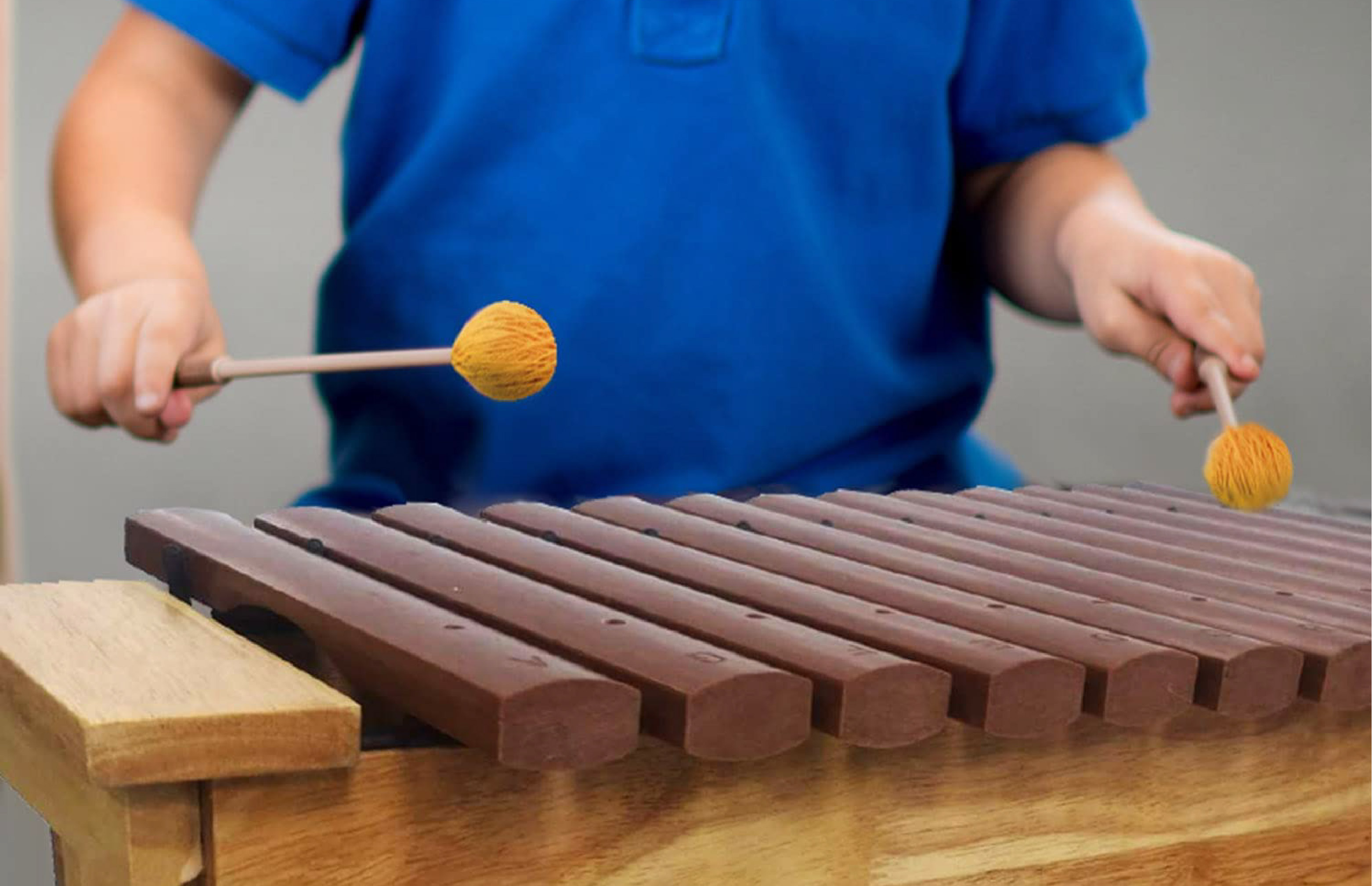The Musical Differences between Xylophone, Glockenspiel, Vibraphone, and Metallophone

The xylophone and the glockenspiel are both percussion instruments that are played using mallets. Although they share similarities, there are several differences between the two, such as the materials used for the bars, the pitch of the sound produced, and the range of notes each can play.
The bars of the xylophone are made of wood, which leads to a high-pitched and short sound when played. In contrast, the glockenspiel's bars are made of steel, resulting in a bright and high-pitched sound. The steel bars are supported on felt or similar materials, which contributes to the glockenspiel's maximum resonance.
Typically, the xylophone has a range of three to four octaves, with the most common version being 3.5 octaves. On the other hand, the glockenspiel has a range of 2.5-3 octaves. Additionally, the xylophone sounds an octave higher than written, while the glockenspiel is written two octaves below its actual sound.
The xylophone has roots in Southeast Asia and Africa, while the glockenspiel originated in Europe. The term "xylos" in xylophone is a Greek word for "wood," reflecting the material used for the bars.
The term "glockenspiel" is German, meaning "bell play," referring to the bells that were used in its early form. By the end of the 17th century, steel bars replaced the bells, and the instrument evolved into what is now known as the glockenspiel.
It is important to note that the glockenspiel is a type of metallophone, similar to the vibraphone. However, the glockenspiel has a distinct sound, characterized by its sharp and high-pitched tone, and a shorter range starting from C compared to the vibraphone's soft and mellow tone with a lower range starting from C as well.
The vibraphone and some glockenspiels have metal resonators that are suspended beneath the tone bars. The length of each resonator varies depending on the pitch of the tone bar, with longer resonators for lower notes and shorter ones for higher notes. Some glockenspiels use a wooden box as the resonating chamber instead of metal resonators.
It is worth mentioning that the word xylophone is often used interchangeably with glockenspiel in the United States, likely due to their similarities and the fact that both are played with mallets.
The glockenspiel is also commonly used in elementary music classrooms and is a staple in military bands in its portable form, called a bell lyre, which features a lyre-shaped frame for ease of transport. Some glockenspiels come with a keyboard mechanism, allowing players to perform chords and increasing their versatility as musical instruments. With its unique sound and versatility, the glockenspiel has become a valuable addition to various musical ensembles and continues to be popular, especially in orchestras where it gained popularity by the 18th century.
This sheet music book was written to help the beginner, whether child or adult, learn to play xylophone in a simple and easy way that requires no knowledge of reading music. Just by following the circles with letters, you will sound like an experienced musician.

